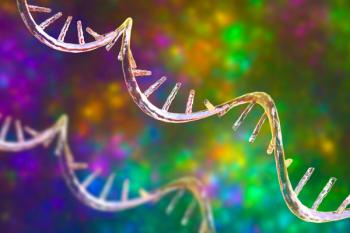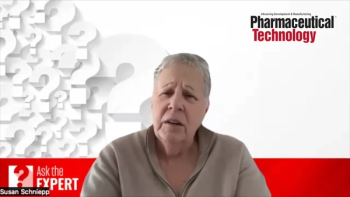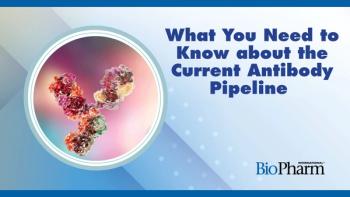
Tosoh Bioscience Introduces TSKgel UP-SW Aggregate UHPLC/HPLC Columns
The new chromatography columns provide enhanced separation for high order aggregates and macromolecules.
Tosoh Bioscience, a provider of chromatographic solutions for biomolecule separation, has introduced its TSKgel UP-SW Aggregate size exclusion chromatography (SEC) columns, the latest addition to the TSKgel UP-SW series, the company announced in a May 19, 2020 press release.
With new antibody formats entering clinical phases, the industry is seeing some new formats that have a higher molecular weight than conventional antibodies. Protein aggregation from these higher molecular weight molecules is a major issue in therapeutic protein development because the presence of these impurities reduces the potency of the drug formulation, even if non-toxic. Monoclonal antibodies (mAbs) must be free from these aggregate impurities, the company stated in its press release.
TSKgel UP-SW Aggregate SEC columns are 3 μm, 30 nm pore size analytical columns that can enhance the separation of these higher molecular weight antibodies and mAb aggregates. Available in 4.6 mm inner diameter × 15-cm and 30-cm lengths, TSKgel UP-SW Aggregate columns are compatible with ultra-high-performance liquid chromatography and high-performance liquid chromatography systems. These columns feature high pore volume-per-unit column volume, low sample adsorption (due to the derivatization of the particle surface with ligands containing diol functional groups), and excellent column efficiency.
“Tosoh Bioscience is very excited about the introduction of the TSKgel UP-SW Aggregate columns,” states Philip Hoang, technical marketing specialist for Analytical Chromatography, Tosoh Bioscience, in the press release. “Customers have come to rely on TSKgel SEC columns for their biomolecular analysis. This newest line of UP-SW columns offers all the first-in-class qualities users have come to expect from TSKgel SEC SW columns, with the added advantage of the higher exclusion limit for analysis of high molecular weight proteins and impurities.”
Source: Tosoh Bioscience
Newsletter
Stay at the forefront of biopharmaceutical innovation—subscribe to BioPharm International for expert insights on drug development, manufacturing, compliance, and more.




